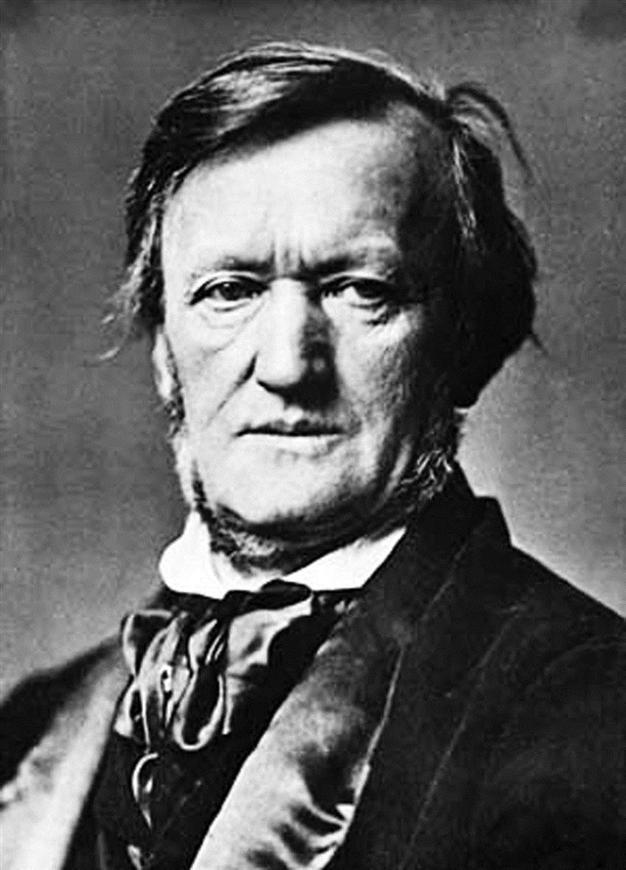Migraine secrets of Wagner’s opera
PARIS - Agence France-Presse
 Repetitive migraines lie at the heart of “Siegfried,” the second part of Richard Wagner’s “Ring” trilogy of operas, German neurologists suggest.
Repetitive migraines lie at the heart of “Siegfried,” the second part of Richard Wagner’s “Ring” trilogy of operas, German neurologists suggest.Both the action and the music of “Siegfried” reflect the rhythms and visual disturbance from migraines that used to haunt the composer, they say.
Wagner, in his memoirs and private correspondence, confided he was almost crippled by migraines, suffering pounding headaches that were often accompanied by a shimmering, which doctors call an aura.
“Wagner deeply interwove his migraine attacks and auras into his music and libretti,” the trio, led by Carl Goebel of the Kiel Headache and Pain Centre in northern Germany, report in the British Medical Journal (BMJ) on Thursday.
They analyzed a pulsating piece of music in Act 1, scene 3 of “Siegfried,” when a character complains of “loathsome light... flaring and flashing, glittering and whirring.” Wagner scored this passage for string instruments to play at double-fast time -- 16 demisemiquavers per bar.
“This corresponds to (a frequency) of 16 Herz at an assumed tempo of 120 beats per minute, close to the experimentally determined rate of flicker during a migraine aura,” the letter says.
















